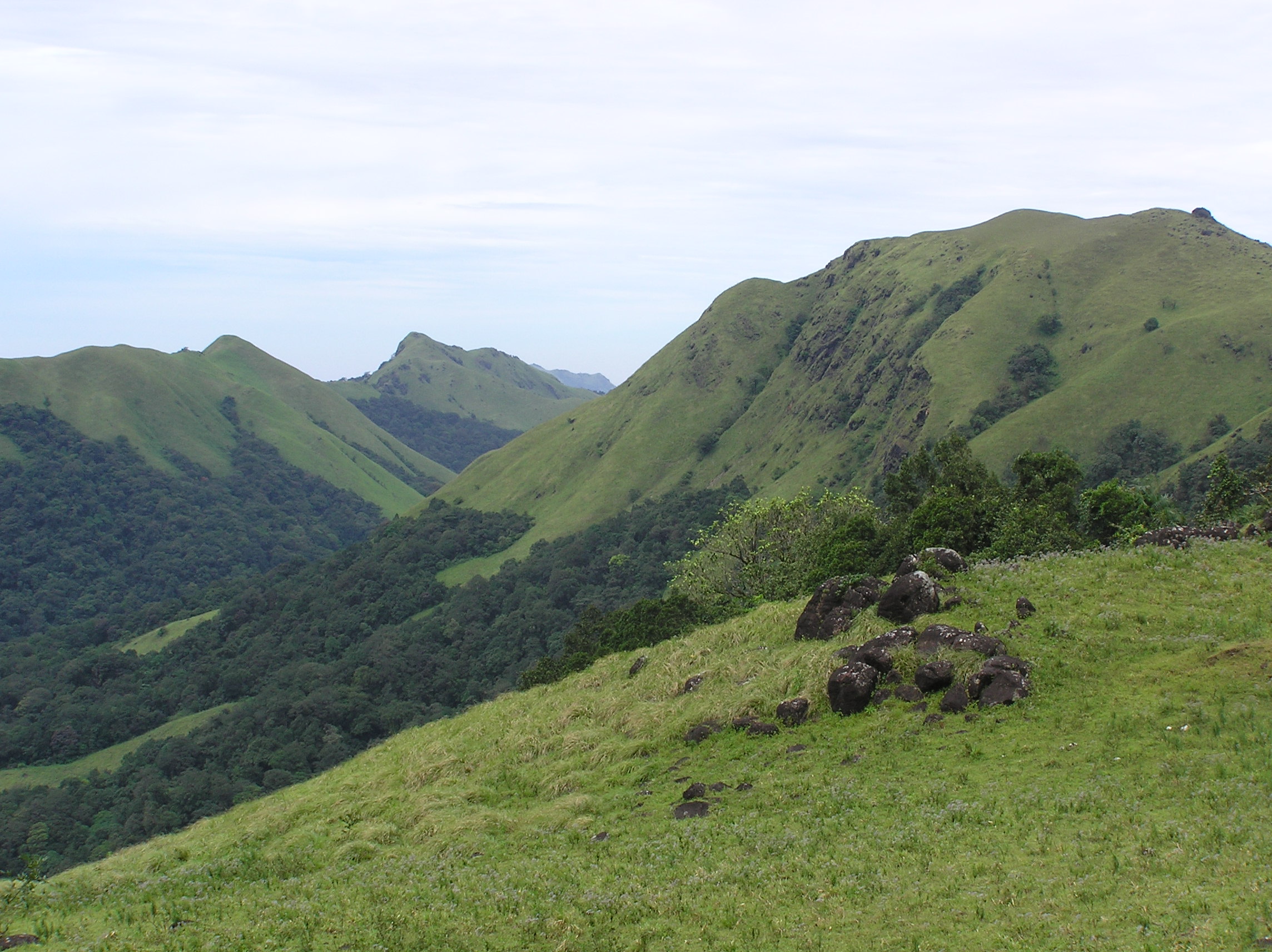Museum and Field Stations Facility - Nilgiris

Nilgiris Field station
The Nilgiri Biosphere Reserve is known to have at least 3238 species of angiosperms, 71species of gymnosperms, 134 species of pteridophytes, 300 species of butterflies, 300 species of birds and 684 species of vertebrates. Many of these species are endemics to NBR. The Nilgiris is home to the unique high-altitude Shola-Grassland ecosystem, which is composed of a mosaic of grasslands on open slopes (mostly composed of C4 species) and of stunted cloud forests (called Sholas) in the sheltered valleys. However, these grasslands are threatened by invasion by three plant species, and the future of this ecosystem under future climate change is uncertain.
Although initially it was thought that this mosaic existed because of burning by humans and overgrazing, studies using palaeo-deposits have shown that this mosaic has existed for at least the past 20000 years (Sukumar et al. 1993, 1995). Previous studies show that the grasslands are more similar to those of Western Himalayas than to the tropical montane grasslands of Sri Lanka, while the sholas have species with both tropical and temperate affinities, with the species on shola edges and isolated trees on grasslands being of temperate affinities (Thomas & Palmer 2007). Such studies have made this ecosystem of great interest to a wide variety of researchers working in community and ecosystem ecology, paleoecology, ecosystem services, etc. More information on the flora and fauna of this unique ecosystem can be obtained from Daniels (1996), Thomas & Palmer (2007) and Bunyan et al. (2012).
The existence of the shola-grassland mosaic is fairly unique, and the reasons for the existence of these mosaics have been extensively debated. Several anthropogenic and natural mechanisms have been put forth in this debate as the determining factor(s) for the maintenance of this mosaic. Through field experiments, Atul Joshi’s (a PhD student in NCBS) work has shown that frost plays a major role in limiting the establishment of shola tree seedlings in the Nilgiri grasslands. Atul and Yadugiri VT’s (another PhD student in NCBS) work has also looked at how warming and the land cover identity influence the carbon dioxide flux from the soil (called soil respiration). With projections of increasing temperatures in the future, such studies can help predict feedbacks of increasing temperatures and land cover changes (for example through invasion) on the global carbon cycle. As a part of his work, Manaswi Raghurama is planning germination and seedling growth experiments to understand how global environmental changes will affect the invasion of plant species into the Nilgiri grasslands.

Location
The field station is near Emerald village, overlooking the Emerald lake dam. It is about an hours drive from Ooty by car or bus. Ooty has regular bus connections to major cities like Bengaluru, Chennai and Coimbatore. The most comfortable way to reach the field station from Bengaluru is to catch a night bus to Ooty, and then take a bus from Ooty to Emerald. A pickup can be requested from Emerald from our field assistant to reach the field station.
https://drive.google.com/open?id=1hNvaoJXIM6XaA_6eVDyzeOeRnzYwZXPn&u...
Contact
Manaswi Raghurama
PhD student,
Communities and Ecosystems Ecology lab,
National Centre for Biological Sciences, Bengaluru
Email: manaswir(at)ncbs(dot)res(dot)in
Phone: 9480535102


